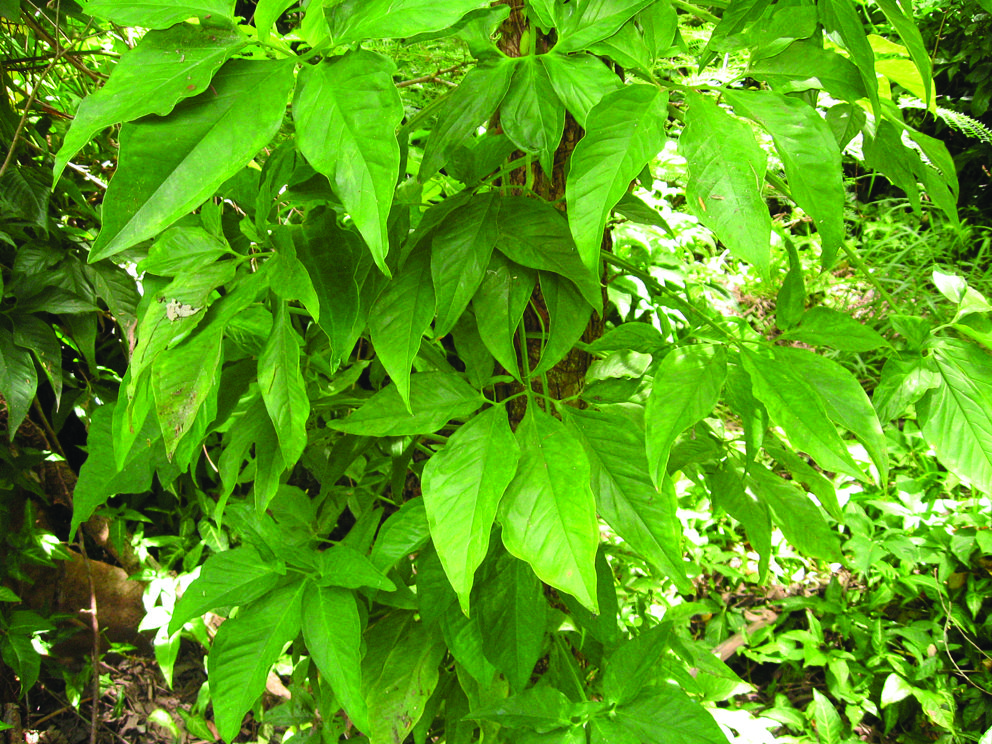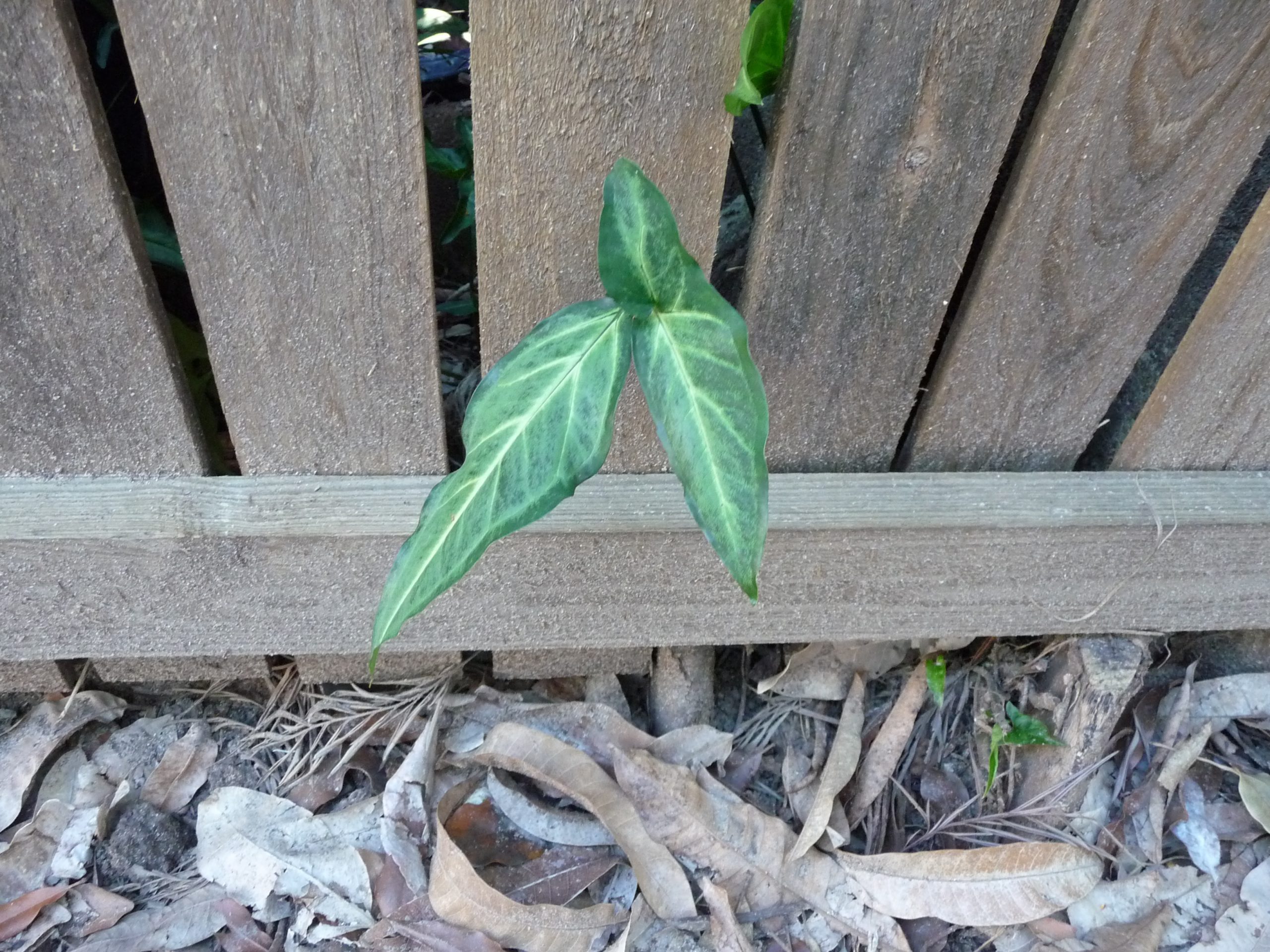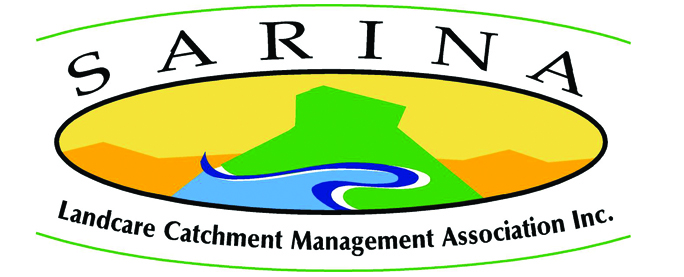Goose foot, syngonium, white butterfly
Syngonium podophyllum, Fam. Araceae


A vigorous fleshy creeper with watery-milky sap; climbing by adventitious roots or spreading over the ground.
| Weed Category: |
Other invasive plants Invasive plants that are not prohibited or restricted invasive plants, but are known to spread readily and cause negative impacts, within the region.
|
| Weed: | Yes |
| Form or habit: | Vine (Climbing, Twining or groundcover) |
| Family: | Araceae |
| Leaf: | Simple Alternate Simple, alternate with channelled, stem-sheathing stalks, 150-600mm; blades on young plants 3-lobed arrow-shaped with white central area; becoming dark green on mature plants, more-or-less orbicular in outline to about 350mm across and deeply divided with up to 11 unequal leaflets. |
| Flower conspicuous: | Inconspicuous |
| Flower colour: |
White, Cream, Green |
| Flower description: | Numerous minute green, white or cream on a long swollen fleshy spike sheathed by a creamy white, cream or yellow spathe, 90-110mm long, borne in axillary groups. |
| Fruit conspicuous: | Conspicuous |
| Fruit colour: |
Orange, Red |
| Fruit: | Fleshy |
| Fruit description: | Red to reddish-orange fleshy tightly clustered berries on a central spike, 30-70 x 15-35mm; seeds numerous, black or brown, 5-11mm long, enclosed in a white, cream or greyish pulp. |
| Habitat: | |
| Distribution | |
| Food source for: | |
| Toxicity: | No toxicity known |
| Origin: | Panama and Mexico |
| Notes: | Spread by: garden waste, cuttings. Invades/threats: rainforests, Melaleuca forests, and creek lines; will take root wherever roots touch the ground or bark. Capable of completely enveloping tree trunks and overtopping trees; forms large colonies. Notes: garden escapee; still commonly planted in gardens or as potted plants. Serious weed in a number of locations within this region. Very difficult to control once established. Sap causes permanent blood-like stains on clothing. Environmental weed. |
| Information sources: | Mackay Regional Pest Management Group (2018) Weeds of the Mackay Whitsunday Region Second Edition. |



